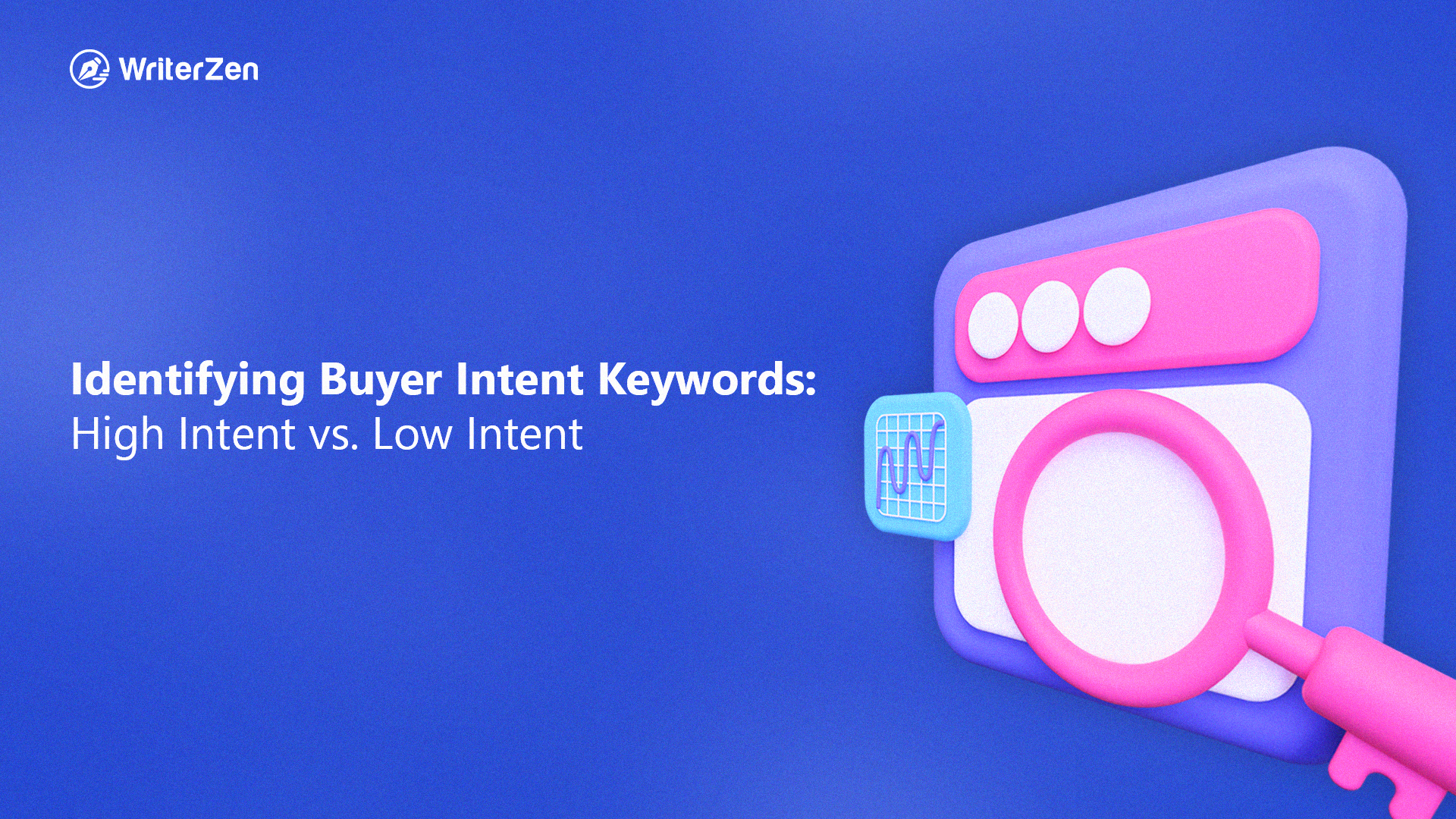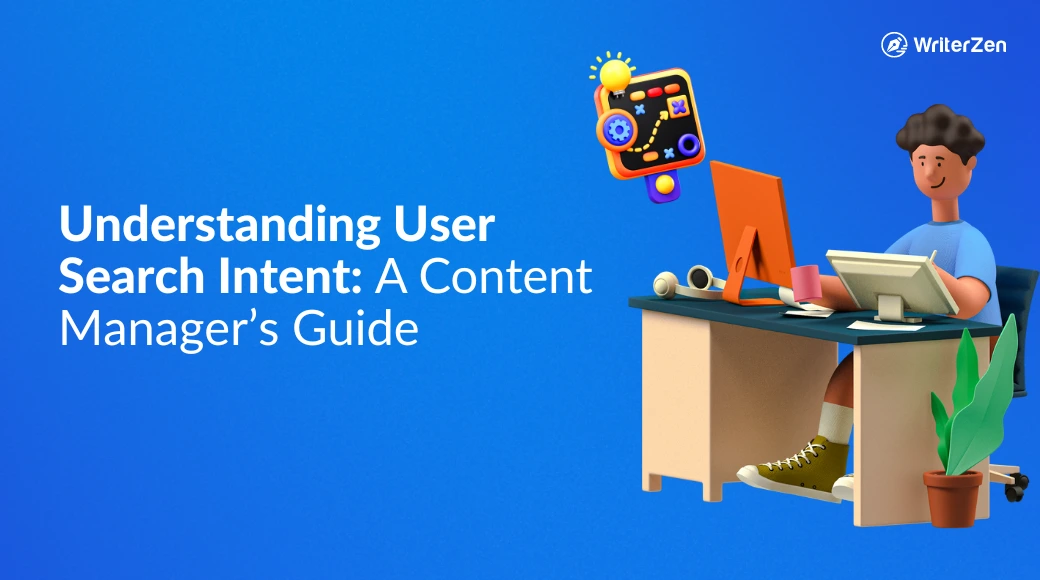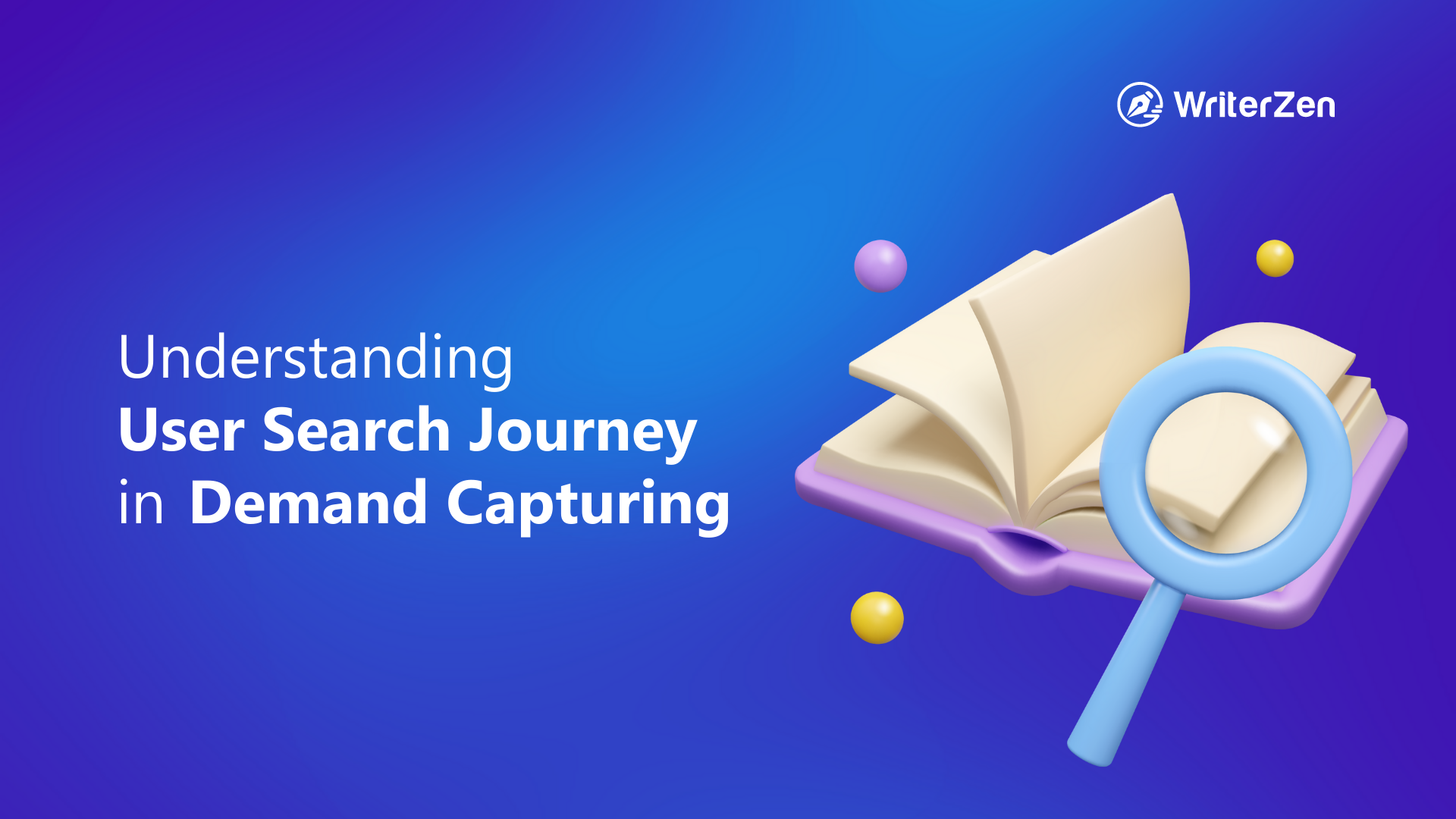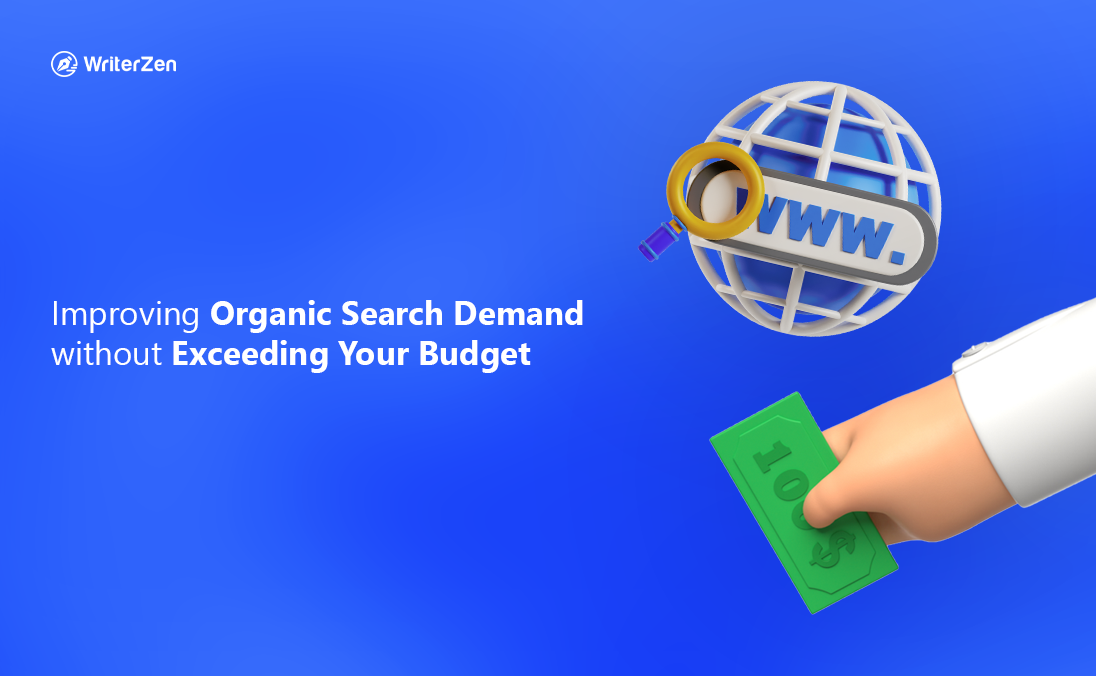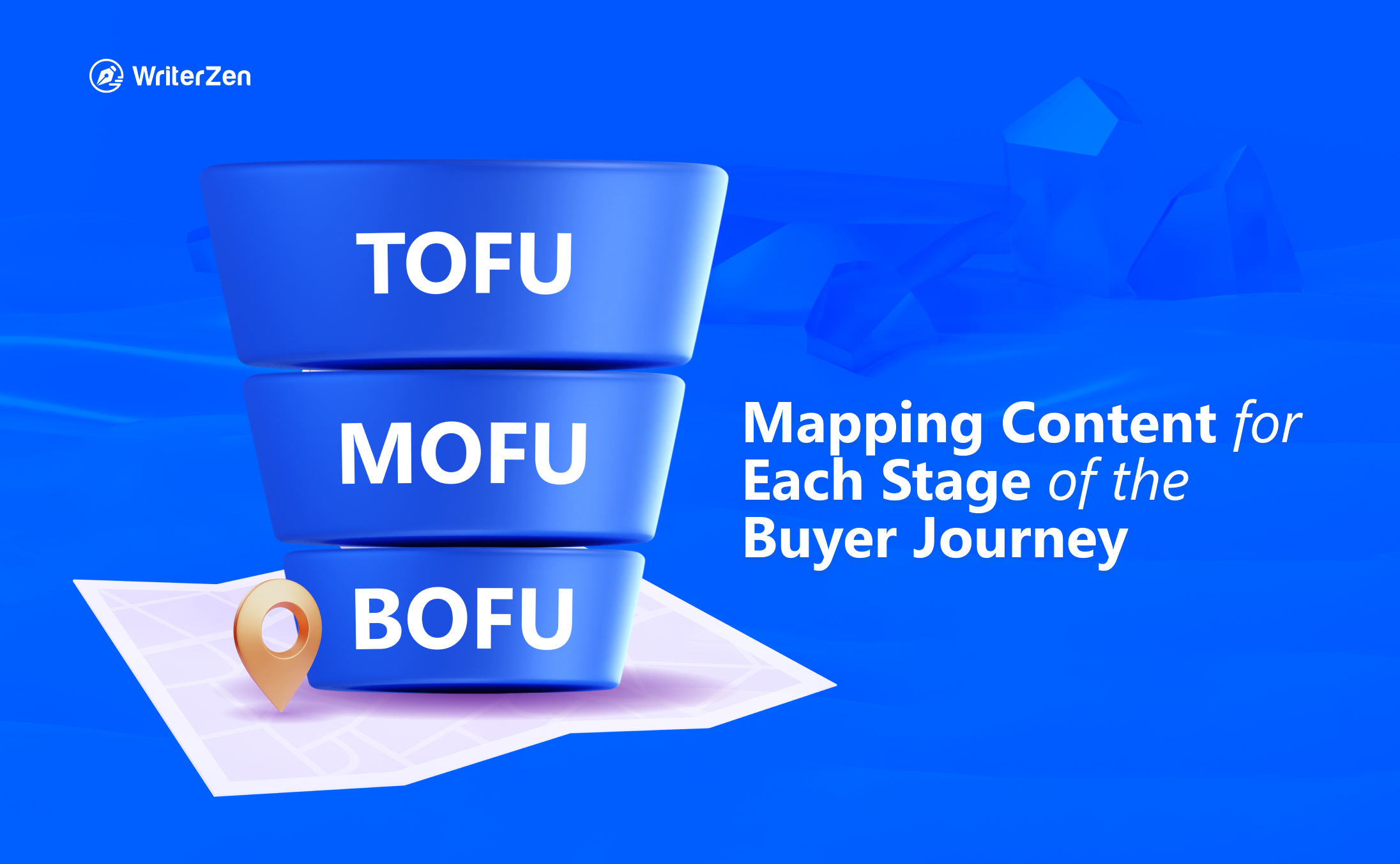Search intent optimization encompasses many strategies, but for most companies, the end goal will always be to drive more sales. That being the case, it’s essential that you learn to identify keywords that actually increase revenue instead of just boosting your vanity traffic.
In this article, we’re going to teach you how to:
-
Identify high-intent vs. low-intent keywords to optimize your conversion rates
-
Figure out which keywords have high buyer intent
-
Balance keyword intent with search volume
-
And more!
Let’s get right into it, shall we?
What Are High Intent Keywords?
High-intent keywords are search terms used by searchers with a higher likelihood of making a purchase. Common examples include:
-
best [product] [year]
-
top [product] for [use case]
-
[product] vs [product]
Determining High Intent and Low Intent Keywords for Better Sales Conversion
There are four main types of keywords that you can use for your search intent classification:
-
Informational: Get an answer to a specific question.
-
Commercial: Learn about a product through guides, reviews, and comparisons.
-
Transactional: Complete an action like signing up, logging in, or downloading files.
-
Navigational: Go to a website on the internet by searching their brand name.
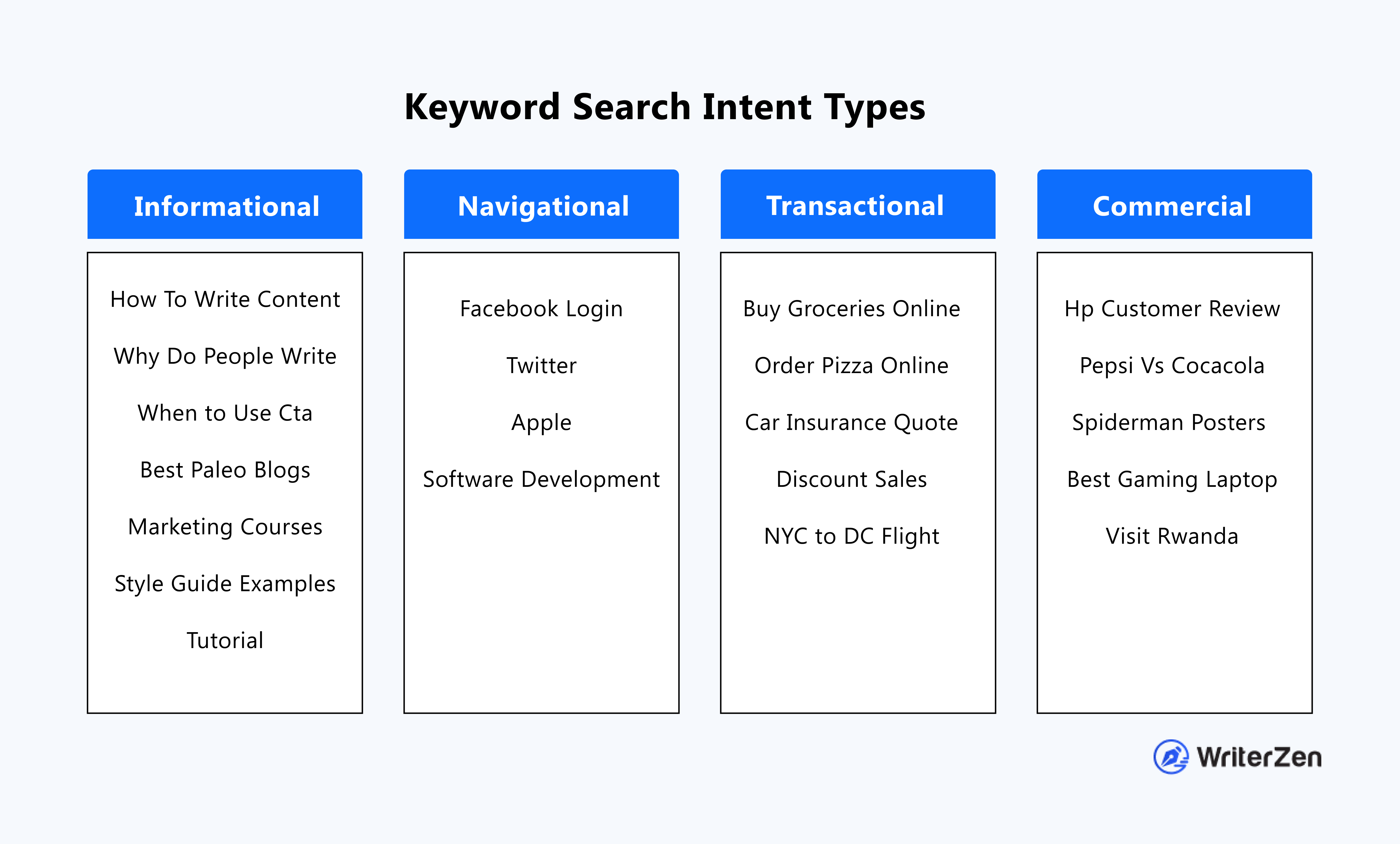
Informational and navigational keywords have low search intent. People searching these keywords simply want an answer to a question or a login portal for a specific website rather than product-related content.
That leaves commercial and transactional.
You may think that transactional keywords have the highest intent, and while that’s technically true, they’re not the best keywords to target if your goal is driving sales. First of all, a transactional search for “buy [product]” will likely show results for store pages rather than articles.
Beyond the issue of high-competition SERPs, people searching for transactional keywords are likely looking for product pages rather than product guides. This means that even if you manage to rank above sites like Amazon, searchers aren’t likely to click on your articles.
How to Identify Buyer Intent Keywords: High Intent vs. Low Intent
With billions of keywords readily available, sifting through the noise to find high-intent keywords can seem like a Herculean task. Well, here are a few tried and tested strategies that will help you find high-intent keywords for your online business:
Competitor Analysis
If you’ve already had a list of your competitors, you can leverage data from their sites to find good keyword opportunities. To start, you’ll want to open up your keyword research software and then enter their website URL in the corresponding tool. In WriterZen, it’s the Keyword Explorer.
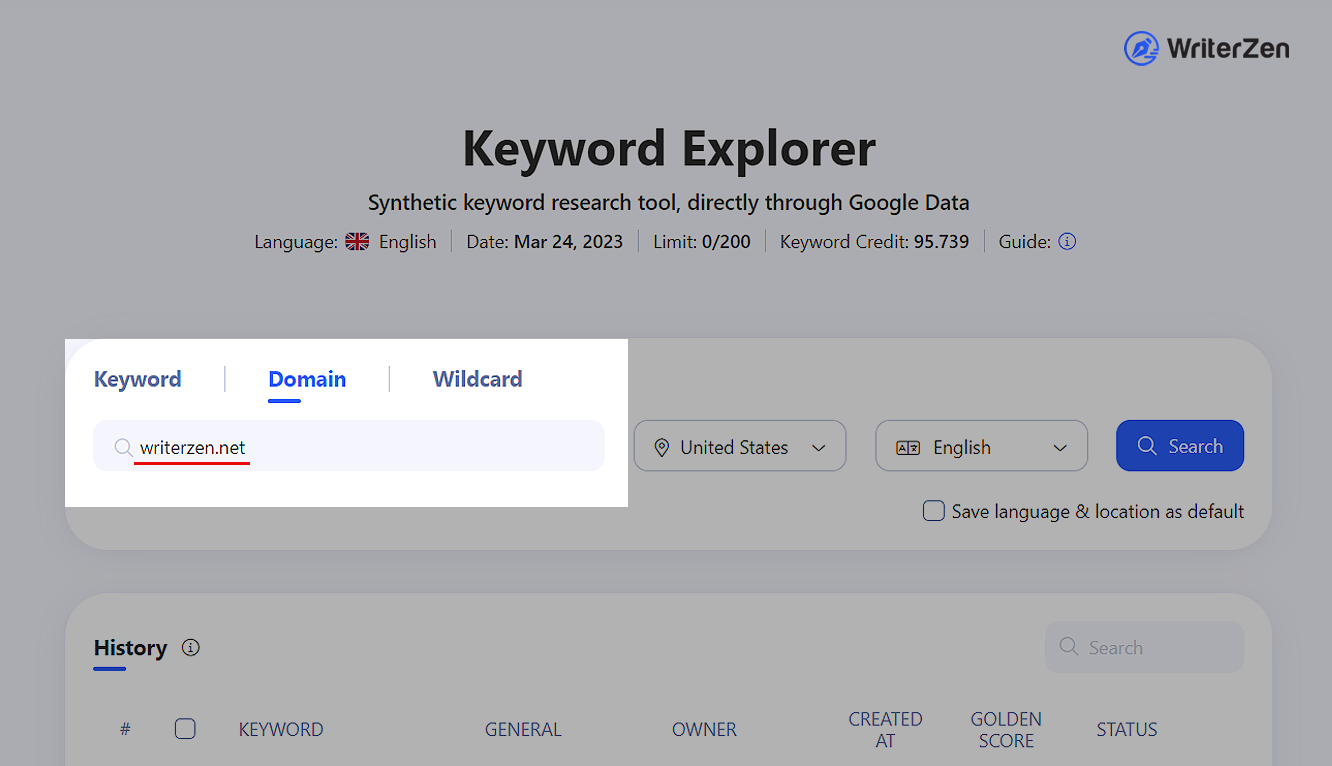
Next, navigate to the organic keywords and set a minimum search volume of 200 to eliminate low-value keywords. Finally, use filters to get results with the following terms (separated by commas) included:
-
Best
-
Top
-
Comparison
-
Review
-
Roundup
-
Alternatives
-
Vs
This will give you a list of their high-volume commercial keywords. You’ll also be able to filter by keyword difficulty to give you an idea of which high-intent keywords would be easiest to rank for with your content.
Cost Per Click
If filtering your competitors’ keywords isn’t enough to get you a solid list of high-intent keywords, you can try looking at the CPC or cost per click on your SEO tool of choice. In general, keywords with a higher CPC value are more commercial in nature.
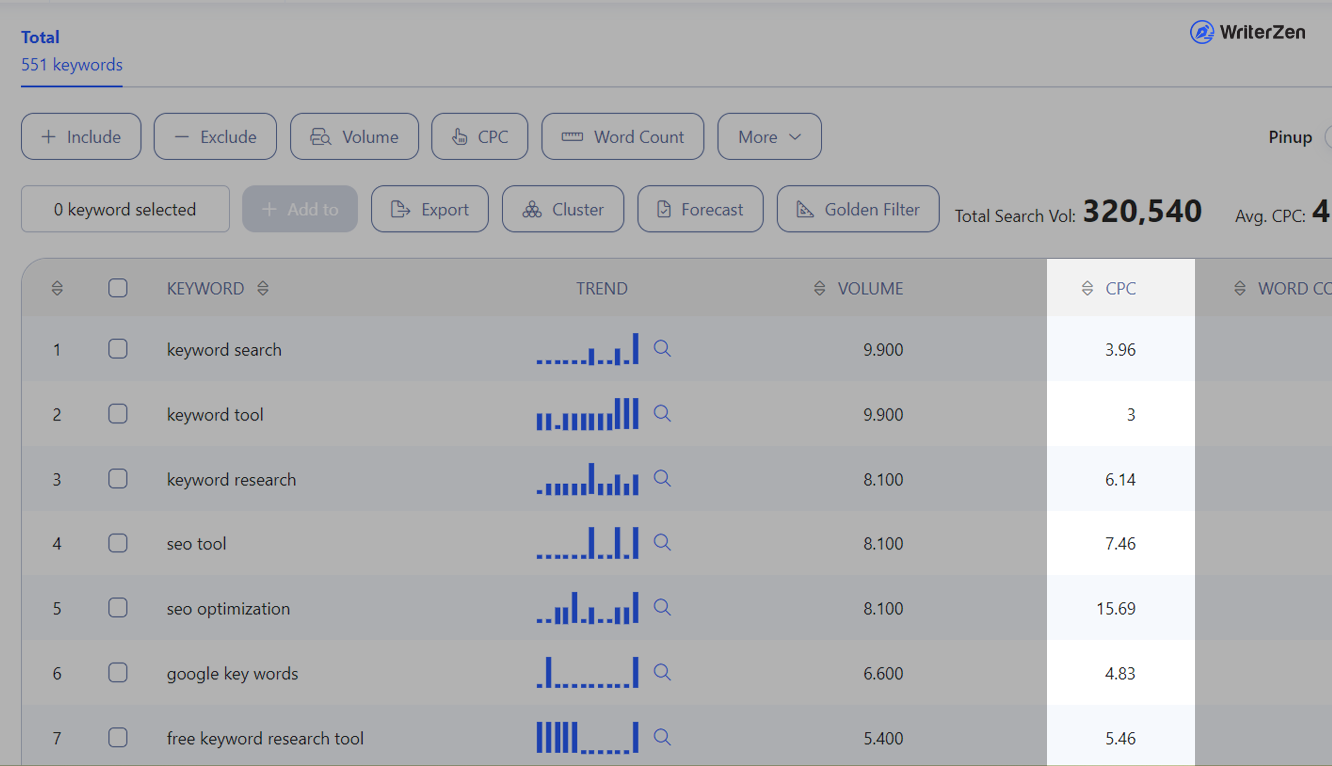
This is because companies aren’t willing to allocate their ad spend to keywords that won’t bring in a good ROI in the form of sales revenue. Still, it’s important to remember that not all high-CPC keywords will make sense as an article.
Cherry-pick the keywords with a combination of high CPC and relevant content potential. When in doubt, use common sense or see if other websites have created articles on these topics in the past.
WriterZen’s Wildcard Search
You can also use a tool like WriterZen’s Wildcard research tool to understand the search intent of specific keywords. All you have to do is enter your seed keyword and then add an asterisk after it.
This will show you a list of keywords along with the search volume, cost per click, and recommended word count. You’ll also be able to choose between similar results or exact match keywords, depending on what you need.
Search Engine Results Page
Last but not least, you can investigate the search intent behind keywords the old-fashioned way: Google search.
Simply type your keyword into Google and look at the top three results (not including ads).
If you want to write a comparison article but all the top-ranking articles are product category pages, that’s a pretty clear sign that your content wouldn’t align with the search intent of that specific keyword.
In addition to discovering high-intent keywords through examining SERPs, you can also create high-intent keywords using your underlying knowledge of how consumers phrase their queries when they’re looking to make a purchase.
If a high-level seed keyword like “beverage cooler” only shows product pages in search results, you can add a keyword modifier to ensure your content targets the right intent. In this case, it would consist of altering the keyword to “best beverage cooler” or “top beverage cooler [year].”
Testing Keyword Intent with A/B Testing and PPC Data
Even with thorough research, there’s no surefire way to figure out which keywords have the highest buyer intent until you actually write content for it. If you’ve identified multiple keywords but aren’t sure which one has the highest intent, it’s time to test things out yourself.
The Organic Approach
Create a barebones piece of content around 1,200 words long with just a few images. After doing this for every keyword on your list, give Google around eight months to fully index and rank these articles.
Once all of these posts are ranking on Google, you can use Google Search Console to see which articles are bringing in the most traffic. Then, you can use one of the many affiliate marketing WordPress plugins or native analytics on platforms like Shopify to see which articles are driving the most revenue.
By identifying the post that had the best revenue-to-traffic ratio, you’ll be able to conclusively determine the keyword that had the highest buyer intent. The best part is that you can apply this data to similar dilemmas in the future when you’re not sure which keyword to write about.
Note: not every article with a subpar conversion rate — whether due to low intent or high competition — should be considered a failure. Articles that greatly contribute to the number of organic visits your website receives are still valuable, especially if you add internal links to higher-converting articles in the content.
Bear in mind that split-testing content like this only works if the keywords on your list are sufficiently distinct from one another. There’s no use writing separate articles on “top edc wallet” and “best edc wallet” since Google’s algorithm understands that these searches are synonymous.
ZenTip: Try searching for two of your keywords on Google. If the results are mostly the same pieces of content, then there’s a good chance that Google’s algorithm treats the two synonymous keywords as a single search query.
The PPC Fastlane
If you don’t want to wait around for months until Google indexes and ranks your content, there’s a faster — albeit less holistic — way to collect insights on keyword intent. Google Keyword Planner is primarily built to be used by marketers buying paid ads.
The data on Google Keyword Planner can help them gauge the competition level, approximate search volume, and, most importantly, buyer intent (by looking at the average bid price for the keyword).
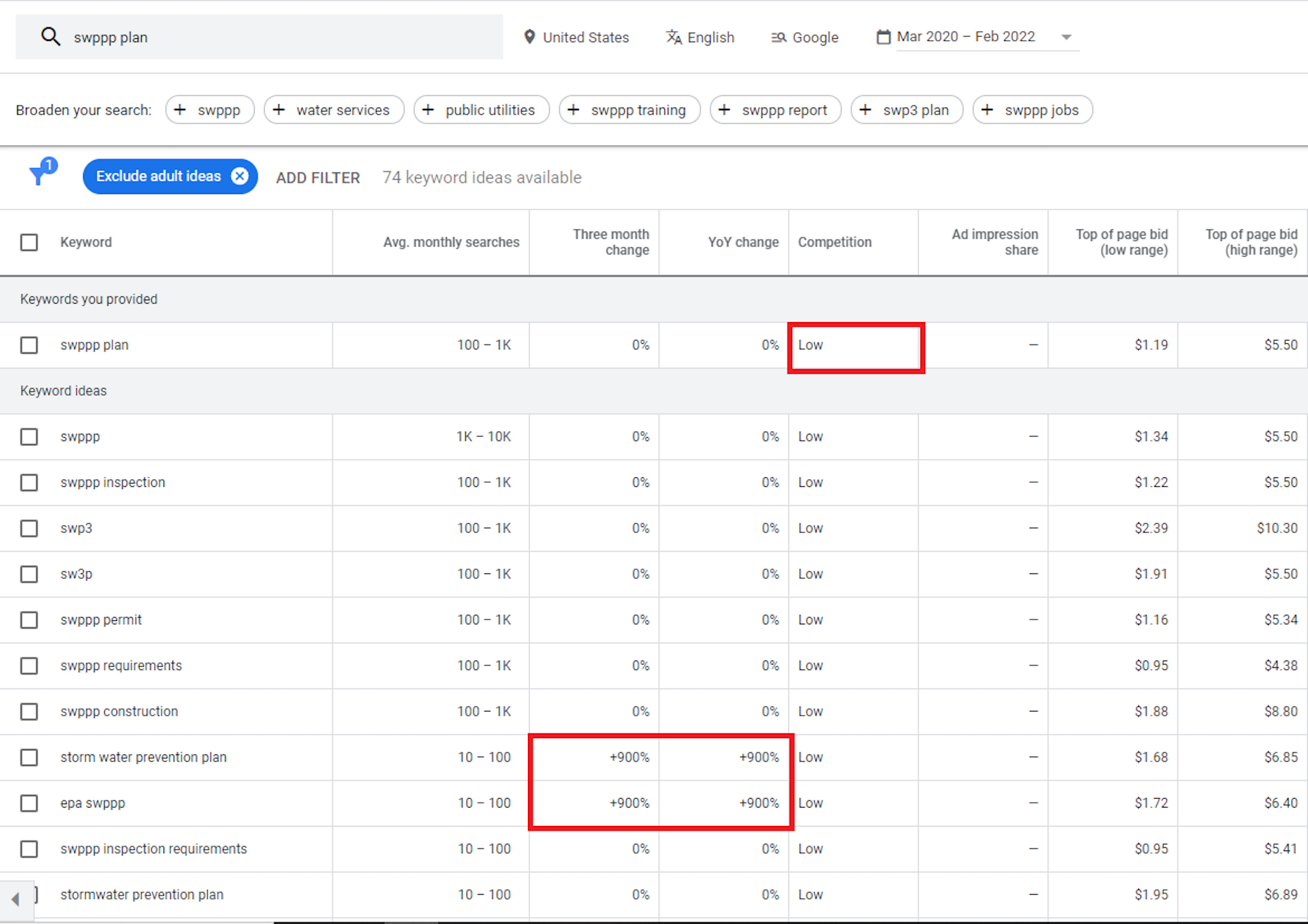
The main drawback of using Google Keyword Planner is that the tool provides a range for the search volume. 100 monthly searches versus 1,000 could easily mark the difference between whether or not the topic is worth covering.
Even if you rank on the top result for a low-volume keyword, you’ll only get 100 new visitors to your site. On the other hand, ranking on the second (or even third spot) for a keyword with 1,000 monthly searchers will get you hundreds of new visitors every month.
There’s nothing wrong with looking at Google Keyword Planner data (it’s free, after all), but you should supplement these findings with your own organic research to make sure the search volume is worth pursuing.
Balancing Buyer Intent with Search Volume
The keyword “best hunting knives” is bound to have more search volume than a keyword like “Benchmade Raghorn vs Opinel No.08” but the conversion rate is likely much lower on the former.
This is because site visitors reading roundup articles like The 11 Best Hunting Knives are likely quite early on in their buyer journey. In contrast, someone searching for a comparison-style guide with two specific models has already narrowed their selection down.
They’re on the brink of making a purchase but just can’t decide which of the two models to buy.
Thus, creating content on comparative keywords is still worthwhile since the higher conversion rate will outweigh the lower search volume. Of course, there are exceptions to the rule that comparative keywords have lower search volume.
The keyword “iPhone vs Samsung” likely has just as much (if not more) search volume as “best smartphone” since Apple and Samsung are the two most popular smartphone manufacturers in the world.
It all comes down to finding keywords in the Goldilocks zone — i.e. having a good balance of buyer intent and search volume. You don’t want to chase keywords that are too broad to convert nor too niche to have a measurable impact on your bottom line.
Acting on Keyword Intent Data
Once you have your list of high-intent keywords with sufficient search volume, it’s time to leverage this data to drive actual results. The successful application of keyword insights could make up an entire article in itself, but here are a few best practices:
Split-Test Your Content
A/B testing your content (whether it’s a blog post, landing page, or CTA) will help you maximize the conversion rate — making it easier to generate more revenue even with lower inbound traffic levels.
Get Your Timing Right
No matter how good your content is, it won’t drive revenue if you’re covering topics that aren’t relevant anymore. Even a world-class article on the formerly high-intent keyword of Samsung Galaxy S10 vs iPhone 11 won’t yield any affiliate income since very few people are still researching (much less buying) phones that were released in 2019.
Target The Right Price Brackets
The price of the product or service your content is about will have a huge impact on how much revenue you’re able to generate by covering the keyword. If you’re reviewing a project management software that costs $5 per month and pays a 40% affiliate commission, you’ll only be generating a couple of dollars for every conversion.
On the other hand, writing about products or services that cost tens or hundreds of thousands of dollars will lead to extraordinarily low conversion rates since most of your readers won’t be able to bear the cost.
Note: There are exceptions to the rule, like luxury watches or designer bags. These are classified as Veblen goods since demand actually grows as the price rises. Enterprise software is also worth marketing because even just a handful of conversions could lead to high-ticket recurring commissions.
Should All Your Content Focus on Commercial Keywords?
While commercial keywords have the highest buyer intent, it’s important not to fall into the trap of focusing on them exclusively. This may have worked in the past, but Google’s core algorithm update of December 2020 drastically altered the way content is ranked.
Results from a study run by Matt Diggity found that the sites that survived the core update (i.e., recovered their traffic) had an informational-to-commercial content ratio of 63% to 70% on average:
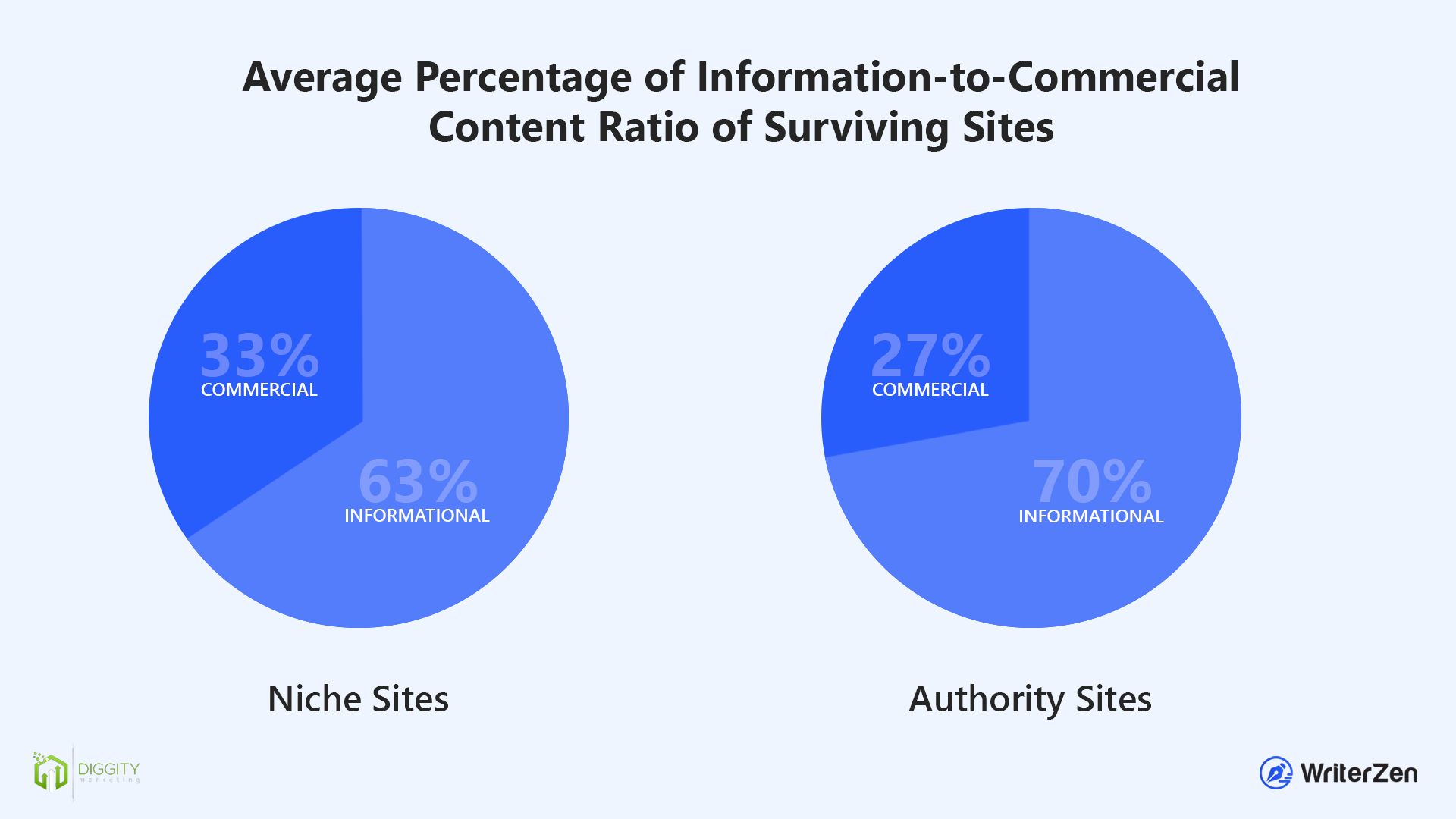
Simply put, websites comprised mostly of commercial content will end up getting less traffic in the long run. To get around this problem, we’d recommend creating two informational articles for every piece of commercial content that you publish.
Bear in mind that you can still monetize these informational articles with contextual affiliate links or display ads. The important thing is that they aren’t product-centric topics, nor are they trying to rank for commercial keywords like “best project management software for startups” in SERPs.
Conclusion
As you can see, finding buyer intent keywords doesn’t have to be rocket science. It mostly comes down to a combination of looking at the top-ranking pages for keywords, using the right software, and learning to spot patterns in how high-intent users phrase their queries.
If you familiarize yourself with the four types of keywords, make sure you’re putting out enough informational content to support your product-based articles and split test keywords from time to time!


